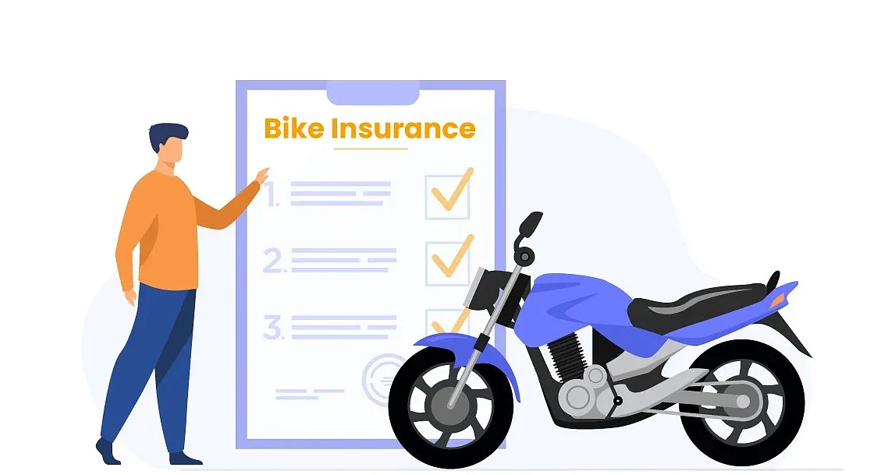You may have heard people talking about Indian currency and its convertibility. There have been talks about the convertibility of INR and setting up the INR market. Converting the Indian rupee does come with several advantages and disadvantages that are associated with the convertibility of the rupee, which led to continuous debate.
India has taken several steps to alter standardized currency policies, including demonetization. But the question is whether India is ready to move to fully convertible currency. In this guide, you will understand the current state of the Indian markets in the partial rupee convertibility scenario.
What do you mean by currency convertibility?
Convertibility is the ease through which the country’s currency can be converted into gold or any other currency via global exchanges. It indicates the extent to which the regulations allow the inflow and outflow of cash from the company.
The currencies are not fully convertible and are difficult for the person to convert into other currencies. It is a crucial part of global commerce because through this, it will become easy to open up trade with other countries.

When you have convertible currencies, the government can pay for the goods and services in the currency. But if you have a non-convertible currency, then that will make things harder to participate in the international market because these transactions may take a long time to execute.
The nation’s economy will be related to the convertibility of its currencies. The stronger the currencies tend to be, it will become easier for you to convert. The growth of the currencies may be stagnant if the convertibility is poor because the currencies may miss trade opportunities.
Current account vs. capital account convertibility
You can choose any currency, whether a current account, a capital account convertible, or both. Current account convertibility does indicate that the Indian rupee can also be converted to any foreign currency at the current market rates amount for trade purposes.
It even allows the person easy financial transactions for the exports and imports of goods and services. The individual who is involved in the trade can get the foreign currency which can be converted at the designated dealers or banks. At the start of the reforms, the rupee was made partially from convertible goods, services, and merchandise only.
The convertibility of the capital account allows freedom to convert the local financial assets and vice-versa. It even includes easy and unrestricted capital flow for different purposes, including the free movement of investment capital, interest payments, dividend payments, and foreign direct investments in domestic projects and businesses.
Advantages of convertibility
It even offers you several different benefits that the economy can have from turning INR into fully convertible currency-
- Sign of Stable and Mature Markets
The regulators even like to keep control over the different territories. There are free and open entries of the enormous number of global market participants, which even increases the risk of losing regulatory control because of the market size and vast capital flow.
- Increased Liquidity in Financial Markets
Full capital account convertibility opens the country’s market to global players, including- businesses, investors, and trade partners. It also gives you access to capital for the different sectors and industries, positively impacting the economy.
- Easy access to foreign capital
Local businesses also get benefits and easy access to foreign loans, which will be available at a lower rate comparatively. Indian companies even have to take the GDR/ADR to the list on foreign exchanges. It can directly raise equity capital and use the foreign capital for the nation’s benefit.
- Better access to a variety of goods and services
Between the current restrictions, a person does not see a variety of India for foreign goods and services. Full convertibility even opens the doors for the global players to the Indian market and makes things more competitive and better for the customers and the economy. Customers will get better goods and services in India.
- Improvements in the multiple industry sectors
Sectors such as retail, fertilizers, insurance, etc., will have restrictions on the FDI. When there will even open the door for many prominent international players to invest their money in their sectors, enable much-needed reforms and even bring a variety of Indian masses.
Disadvantages of convertibility
There are several disadvantages a person can have, which even include the following
- High Volatility
- The burden of debt Burden
- Fundamental lack
- Effects on trade and exports balance
Should the currency be convertible fully?
If India moves towards full currency convertibility, that will result in capital outflow in the short run and drain the forex reserve. When there are uncontrolled inflows and outflows, that will cause high volatility of the rupee.
When the Indian rupee is fully convertible, that will limit the debt of foreign currency and raise and restrict the borrowing tenor and interest rate. It will also limit the amount of money that the residents send abroad. There may be some restrictions on property investments by foreign investors.
But it will take some time, like about three or five days, for India so they can be wholly prepared itself for the complete convertibility of the rupee.
India may soon become a global economy and have fuller integration into the global economic system. But how soon India will depend on conditions that are being met, such as non-performing assets level, optimum levels of forex reserve, inflation control, and manageable currency account deficit, which even lead to efficient monitoring of financial businesses or organizations.
Conclusion
Despite the economic progress in India on a different front, there are several other regular challenges at both global and local levels, including international financial crises. All of which have delayed the full convertibility of the rupee. But with time, the economy will adapt to everything and become ready for currency’s full convertibility.







